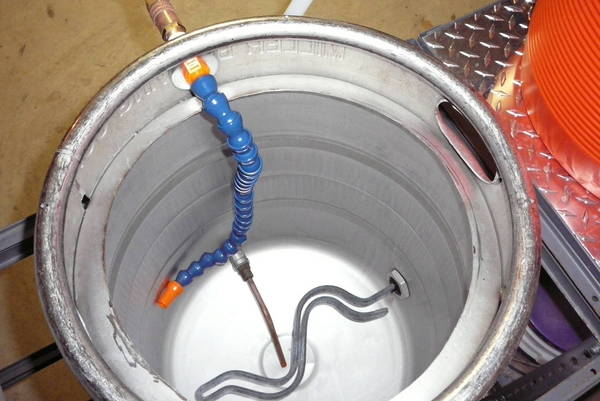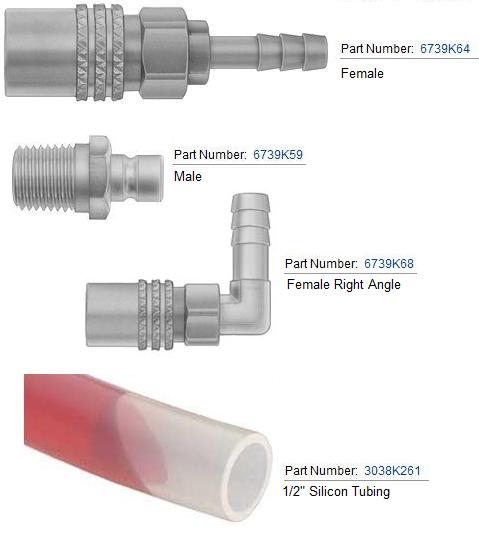The Pol
Well-Known Member
- Joined
- Feb 12, 2007
- Messages
- 11,390
- Reaction score
- 117
Duster, nice to see you buddy, been using those hops?
I wanted exactly what you want, to power the PID, but not the element so that I can monitor my kettle temp always. Here is how, there is no wiring diagram
I ran 240VAC into the box, this went to a distribution block where I connected the (2) hots and the (1) ground and (1) neutral.
From this block I ran (1) hot to the PID and (1) neutral. So, whenever the panel is plugged in, the PID is ON. I then placed a DPST switch on the HOTS that go to (1) the SSR and (1) the 240VAC 30A outlet where the element plugs in. Again, this allows me to have ULTIMATE control over my element (in case if impending boil over??) The PID, is always on, even if the element "master" is off. The PID will still send signals to the SSR, but there is no current there (DPST switch) unless I turn that switch on.
I wanted exactly what you want, to power the PID, but not the element so that I can monitor my kettle temp always. Here is how, there is no wiring diagram
I ran 240VAC into the box, this went to a distribution block where I connected the (2) hots and the (1) ground and (1) neutral.
From this block I ran (1) hot to the PID and (1) neutral. So, whenever the panel is plugged in, the PID is ON. I then placed a DPST switch on the HOTS that go to (1) the SSR and (1) the 240VAC 30A outlet where the element plugs in. Again, this allows me to have ULTIMATE control over my element (in case if impending boil over??) The PID, is always on, even if the element "master" is off. The PID will still send signals to the SSR, but there is no current there (DPST switch) unless I turn that switch on.









